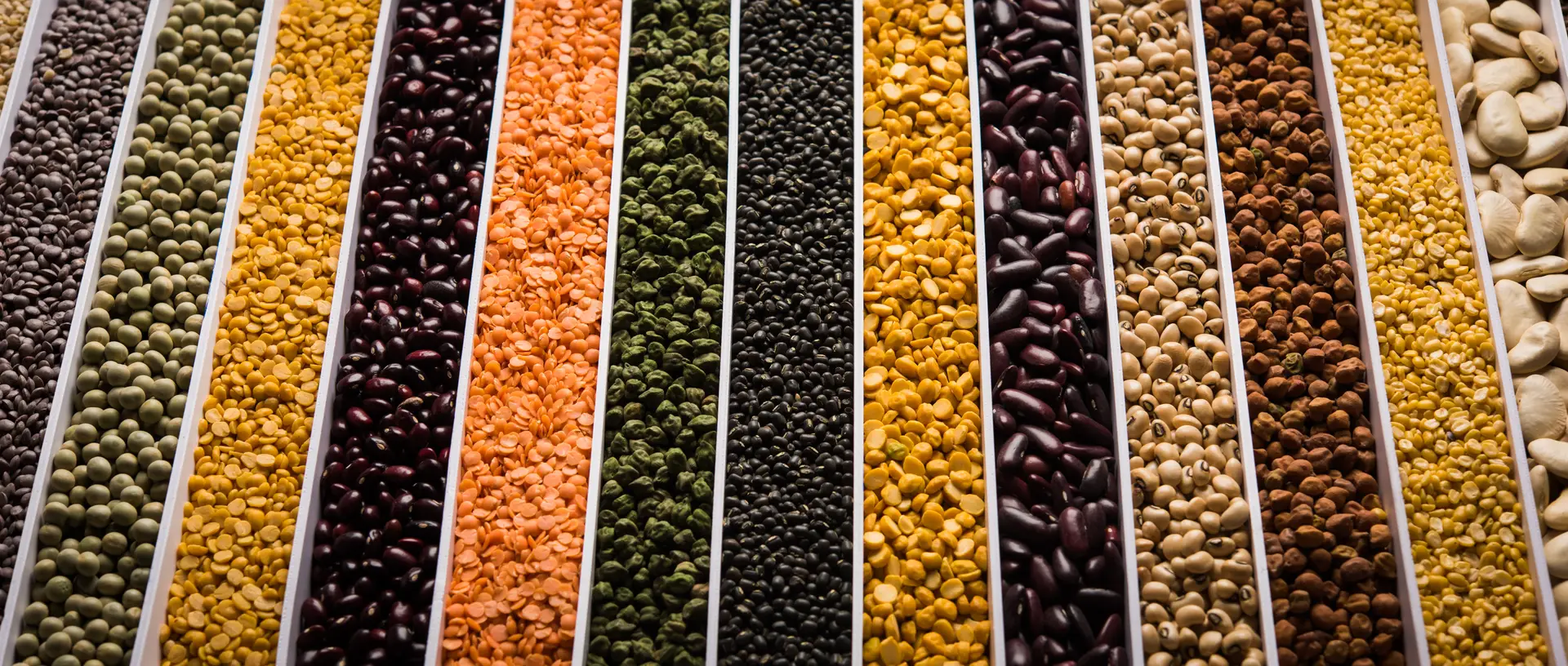Summary: The global pulse market is currently experiencing stability across most varieties, with traders adopting a cautious "hand-to-mouth" purchasing strategy. This stability is primarily influenced by India's promising winter harvest, though mung bean prices have bucked the trend with a 15% increase. Meanwhile, yellow peas face downward pressure due to intense Russia-Canada competition in the Chinese market. These market dynamics highlight the critical need for sophisticated digital solutions in cross-border pulse trading.
Market Overview: Stability Prevails as Traders Exercise Caution
The global pulse market has maintained relative stability over the past month, with only minor fluctuations observed across most varieties. This steadiness comes as traders adopt a wait-and-watch approach, purchasing only to meet immediate needs rather than building extensive inventories.
The primary driver behind this market stability is India's winter (rabi) crop harvest, which has been notably strong. This successful domestic harvest has pushed India's local prices lower, resulting in a more than 20% decline in pulse import values during April, particularly affecting lentils and yellow peas.
Key Pulse Varieties: Price Trends and Market Dynamics
Black Matpe (Black Gram)
Despite continued shipments to India due to supply shortages, black matpe prices have shown minimal upward movement. Superior quality black matpe from Myanmar is currently trading below $875 per tonne, while Canadian varieties are priced around $900.
Myanmar's record harvest of nearly 1 million tonnes of black matpe has been a significant market factor. With only 160,000 tonnes exported thus far, substantial stocks remain available, keeping traders cautious about building inventories. Simultaneously, India's successful winter harvest and increased summer (zaid) crop sowing of nearly 2 million hectares have contributed to market stability.
Desi Chickpeas
Prices for desi chickpeas from most origins, except Nepal, remain below $800 per tonne. Although Australia has sold the majority of its crop since October 2024, India's winter harvest has kept prices in check. India's chickpea production is estimated at 11.53 million tonnes, up from 10.56 million tonnes last year. The introduction of a 10% import duty by India from April 1 signals confidence in domestic production and has further controlled prices.
Lentils
Russian green lentils are being offered to India and Turkey below $900 per tonne, while Canada has recently adjusted its offer to $1,000. Green lentil prices have remained stable throughout the past month. For red lentils, Canada and Australia are engaged in intense competition, with Canadian offers to India and Sri Lanka below $660 per tonne, while Australian offers to South Asia range between $690-700 per tonne.
Pigeon Pea (Tur/Arhar)
Though not a winter crop in India, Myanmar has reduced its pigeon pea offer prices by 2% over the past month, now standing at $780 per tonne.
Yellow Peas
The yellow pea market is witnessing fierce competition between Russia and Canada. Canadian offers to India have decreased to $440 per tonne and to China to $370 per tonne. Meanwhile, Russia and Ukraine are offering yellow peas at $390 per tonne to India and Pakistan, and at $385 per tonne to China.
Mung Bean (Green Gram)
Unlike other pulses, mung bean prices have surged by 15% in the past month, with Myanmar increasing its offer prices to China to $1,320 per tonne.
Market Implications for Global Trade
These market dynamics reveal several challenges in the current pulse trading landscape:
- Dynamic Market Intelligence: Effective arbitrage spotting requires corridor-specific, real-time market intelligence
- Risk Management: Risk models need continuous recalibration to adapt to rapidly changing market conditions
- Execution Efficiency: Contract generation, hedging, and execution demand technology-driven workflows
Conclusion
The pulse market's current stability reflects a complex interplay of harvest cycles, production estimates, and cautious trader behavior. While most pulse varieties maintain steady prices, the divergent trends in mung beans and competitive pressure in yellow peas illustrate the need for nuanced, data-driven approaches to market analysis.
At Hectar, we're addressing these challenges head-on by developing advanced digital infrastructure for the commodities trade. Our platform enables traders to simulate scenarios, price accurately, and execute trades efficiently—transforming market uncertainty from a challenge into a strategic advantage. Through AI-powered insights and streamlined cross-border processes, we're empowering traders to navigate these complex market dynamics with confidence and precision.
